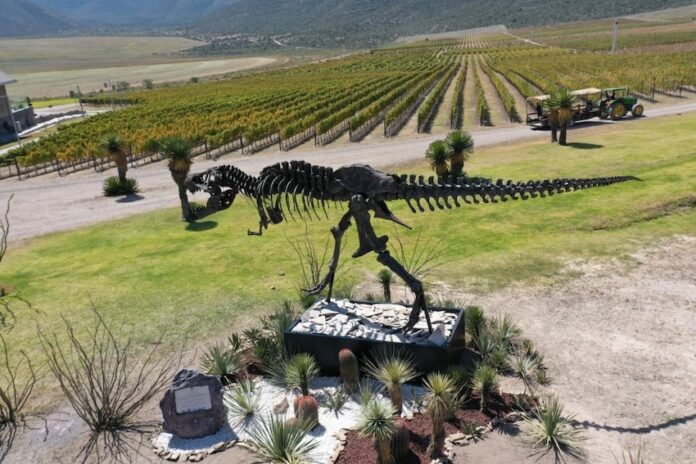In May, we covered the wine production of Coahuila state, its regions and main wineries. Its incredible potential and significant growth in the last decade meant that we had to divide this article in two in order to be able to cover it all.
In the last decade, Coahuila wineries have won more than 1,500 awards and recognitions in Mexican and international wine competitions, with the participation of Mexico’s iconic Casa Madero — North America’s oldest winery — being a highlight.
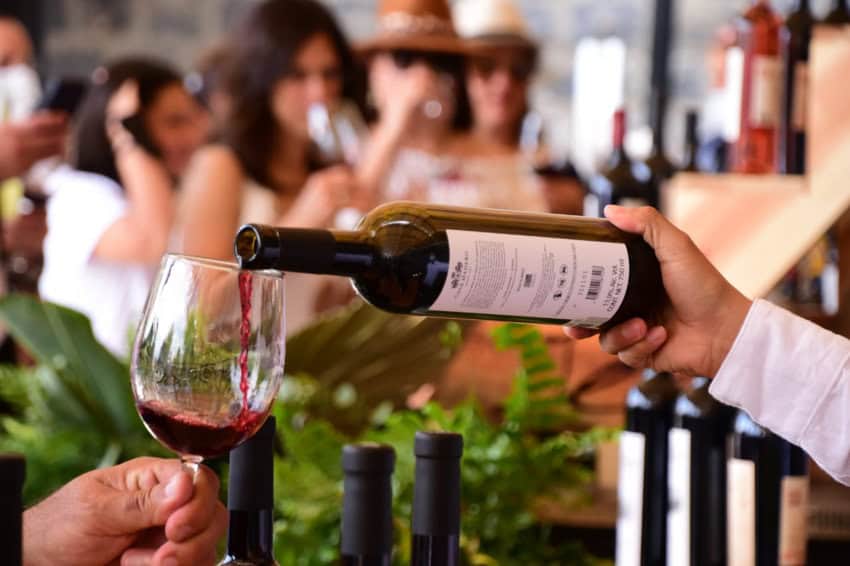
This recognition of the state’s wineries will hopefully sustain and strengthen Coahuila’s unique wine route, which currently has 11 participating wineries and additional vineyards to visit off the official route.
Known as the Wines and Dinosaurs Route for its excellently preserved prehistoric fossil remains found throughout, this route — which features snails, turtles and algae fossils, as well as natural formations from the Mesozoic and Cenozoic periods — has plans to become even more accessible for tourists in the near future.
Before we begin part two of our profiles of Coahuila’s wineries, we ought to mention a great way to get to know Coahuila wines that’s coming up this month: La Gran Vendimia Festival Internacional del Vino y la Buena Vida, happening in Parras de la Fuente on July 19 at the Rincón Montero Hotel.
The event will feature local and national wines as well as wines from around the world. This event is expected to strengthen tourism and recognition of Coahuila and Mexican wines, , as well as be a great opportunity for hotels and restaurants in the region.
Can’t make this event? Then check out any of these wineries on your own time!
Casa Náufrago

Located in Los Hoyos, Parras de las Fuentes, this winery spans 100 hectares, boasting several microclimates considered exceptional for grape cultivation.
Casa Náufrago’s winemaker is the renowned Francisco “Paco” Rodríguez, a winemaking pioneer previously at the aforementioned Casa Madero. Rodríguez’s wines are undoubtedly a must-try. Casa Naufrago’s wine-tasting experience is complemented by the winery’s architecture, vineyard tours and its cuisine.
Hacienda Florida
Ten years ago, Hacienda Florida celebrated its first grape harvest, led by Salomón Abedrop, its founder and the current president of the Mexican Wine Council. He’s a man known for his experience in the field and his love for his land.
Located in the town of General Cépeda, between Saltillo and Torreón, Hacienda Florida now boasts 20 hectares of vineyards, whose vines are French imports.
From the beginning, Hacienda Florida’s mission has been to produce elegant, standout wines in a boutique setting. It currently has a line of 11 reds that have won many awards at competitions such as the Concours Mondial de Bruxelles and Global Wine.
The day-to-day winemaking is led by Debanhi Torres, a young Mexican winemaker who is also collaborating with winemakers from other countries.
Hacienda Florida’s shiraz and grenache blend is a standout – a Gran Reserva aged for 15 months in French and American oak barrels. The single-varietal malbec is another of this winery’s best bottles, as is a white wine made from verdejo grapes and a rosé blend of grenache and cabernet sauvignon.
The estate’s restaurant, La Terraza, is elegantly decorated with a splendid view of the vineyards and even a dinosaur-themed decor.
Bodega Amonites
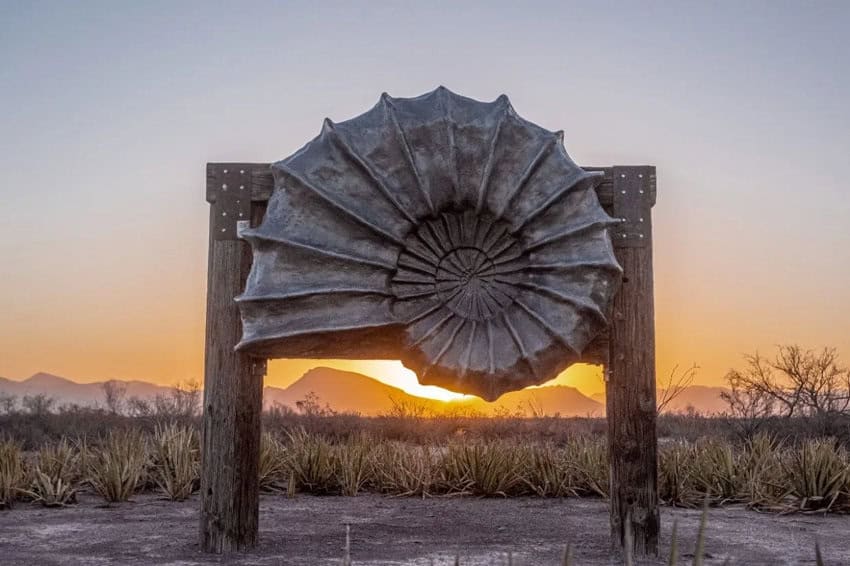
On the road from General Cépeda to Parras, is a newer winery, Bodega Amonites, named for the remains of ammonites — prehistoric marine cephalopods — found in the area. Amonites’ top priority is respect for the terroir, and it’s working to convert its land into a protected nature reserve. This is one of the 11 wineries on the Wines and Dinosaurs Route
At 1,300 meters above sea level, Bodega Amonites has the ideal climate for grape growing — warm days and cool nights. In 2021, the winery planted its first malbec and syrah vines, cultivated on 2 hectares, with purposefully low yields to maintain the grapes’ quality. In 2022, Bodega Amonites planted cabernet franc, nebbiolo and primitivo.
The winery is only open on weekends, and tours there are always accompanied by an archeological tour, tastings, local cheeses, barbecue, charcuterie and, naturally, Coahuila-style burritos!
Vinícola El Fortín
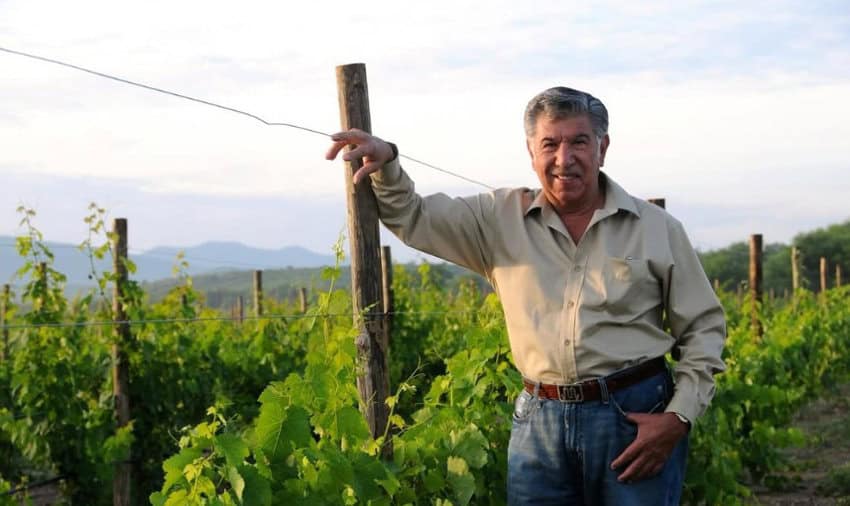
Located in the municipality of Buenaventura, Vinicola El Fortín’s history began as Rancho El Fortín, with its introduction of France’s Charolais beef cattle to Mexico and to the continent. Rancho El Fortín still sells this premium, hard-to-find meat today. It also bred four-mile horses until it was acquired by Jesús Ramón Valdés, who decided to incorporate wine production into the ranch’s activities.
In 2008, he sought out the help of Jose Milmo, then the owner of Casa Madero, and thus began the history of what is now one of the most prestigious wineries in the country.
Vinícola El Fortin’s vines, imported from France, adapted perfectly to the climatic conditions of their land, which, sits at over 1,200 meters above sea level. Vinícola El Fortín produces elegant and aromatic high-altitude red wines with a powerful palate and polished tannins — wines to savor and pair with a good cut of meat
Wineries in northern and central Coahuila
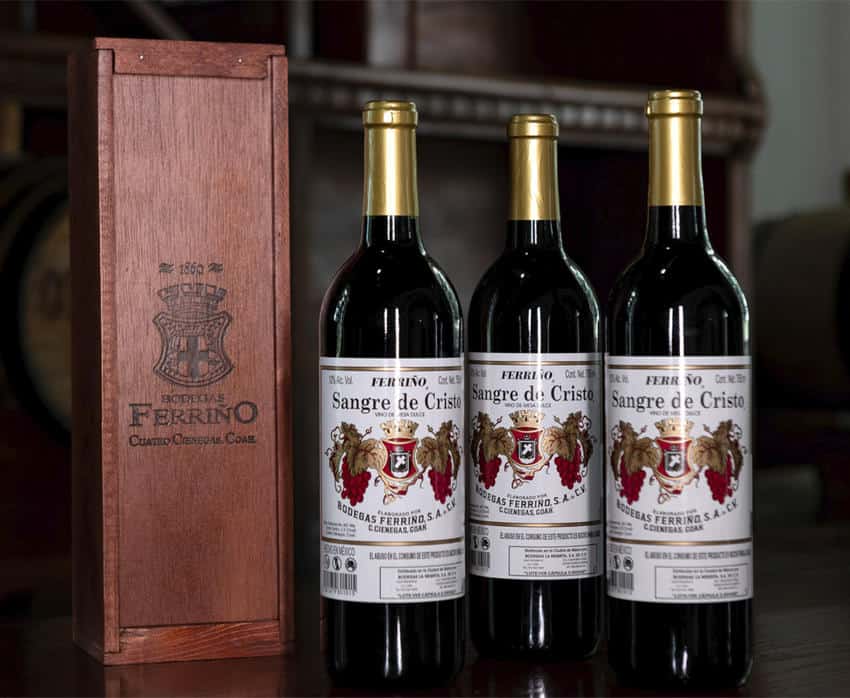
Piedras Negras, Coahuila, the northernmost wine-producing town in the state, is home to Vinicola Don Baldomero, which from its beginnings has primarily produced potent and alcoholic wines made from shiraz grapes.
In the center of the state, in Múzquiz and in Cuatro Ciénegas, are the Ferriño and the Vinos Vitali wineries, both founded by Miguel Ferriño in the 19th century and now owned by his descendants. These wines are sweet, either natural or fortified port-style, and these wineries also produce a brandy.
The dry climate and low rainfall allow the grapes to ripen with high levels of sugars, glucose and fructose, ideal for this type of wine. Ferriño produces the popular and sweet Sangre de Cristo wine and offers tours and tastings.
Wineries from Coahuila’s Sierra del Arteaga region
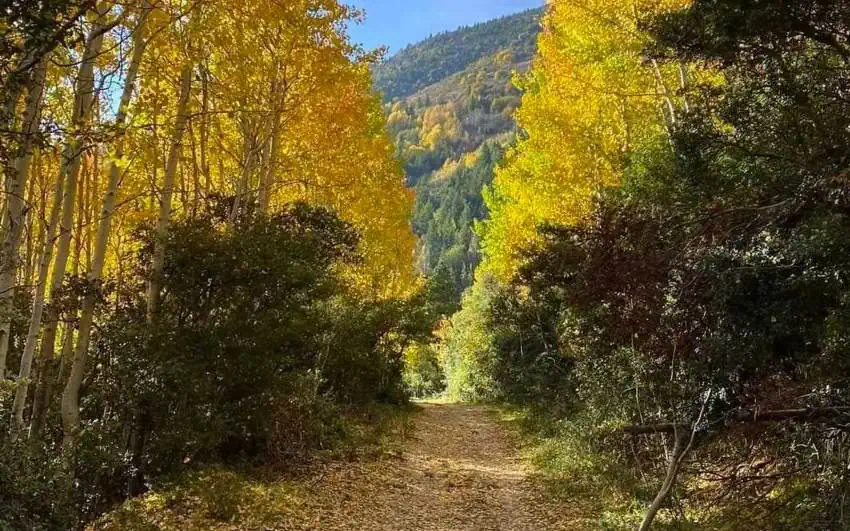
The Sierra del Arteaga, a region of valleys nestled between mountains, at altitudes of over 2,000 meters above sea level, is home to what are known as high-altitude wines, with ideal climatic conditions for producing aromatic, fresh, and elegant vintages. Among the wineries you’ll find here is Terra Serena, which boasts an unsurpassed lakeside trail, mountain views, and well-crafted wines. Bodegas Del Viento and Los Pinos benefit from the beauty of the landscape around them; their services include tours and tastings, accompanied by charcuterie and cheeses made in the region.
In coming years, Coahuila, the awakening behemoth, is destined to be the main character in the story of Mexican wine.
Reservations are recommended for all visits and are available online at each winery’s website.
Diana Serratos studied at Universidad Nacional Autónoma de México (UNAM) and UNCUYO in Mendoza, Argentina, where she lived for over 15 years. She specializes in wines and beverages, teaching aspiring sommeliers at several universities. She conducts courses, tastings and specialized training.
